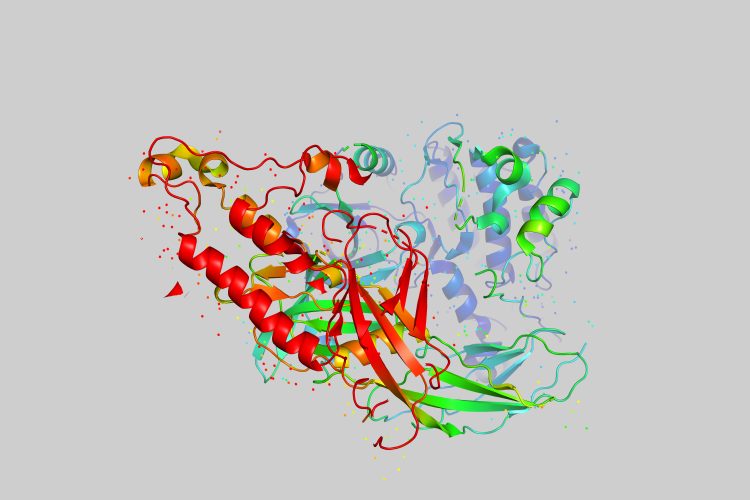The role of KDR in the survival of HTLV-1-infected T cells
Posted: 23 July 2024 | Drug Target Review | No comments yet
KDR inhibitors could be very impactful for treatment of ATLL and HAM/TSP or prevent disease by lessening the viral load of HTLV-1.


Researchers at Penn State College of Medicine have discovered a novel target for treating diseases associated with human T-cell leukaemia virus type 1 (HTLV-1), establishing that blocking kinases results in cell death caused by the degradation of Tax.
The retrovirus HTLV-1 infects between 10 to 20 million people worldwide, mostly in southern Japan, central Australia, sub-Saharan Africa, South America, the Caribbean and the Middle East. Around 10 percent of those infected will develop adult T-cell leukaemia/lymphoma (ATLL) or a neuroinflammatory disease named HTLV-1-associated myelopathy/tropical spastic paraparesis (HAM/TSP).
Dr Edward Harhai, professor of microbiology and immunology at Penn State College of Medicine and senior author of the study, commented: “HTLV-1 is understudied and there is currently a lack of effective treatments for the diseases it causes…Our study could lead to possible new clinical approaches to target the Tax protein in patients infected by HTLV-1.”
The team identified kinases that HTLV-1-infected cells require to survive by conducting a short hairpin RNA screen using human cells transformed by the virus. The screen enabled the scientists to inhibit the expression of over 600 genes that encode kinases, one-by-one.
It was shown that only KDR, a tyrosine kinase also known as VEGFR2, was essential for the viability of the cells. To validate these results, the team then treated the cells with small-molecule inhibitors that target KDR, including one that is a Food and Drug Administration (FDA)-approved tyrosine kinase inhibitor. The cells died when KDR was barred.
“KDR wasn’t on our radar because it’s normally expressed in endothelial cells and regulates blood vessel formation,” Dr Harhaj stated. “We were surprised that it was expressed in T cells — a type of white blood cell that protects against infection — and this particular leukaemia we were studying. No one has ever implicated it before for the survival of these particular cells.”
Tax protein
The viral protein Tax is linked to KDR’s role in the survival of HTLV-1-infected cells. Tax is key for viral gene expression, viral transmission and the development of cancer. Suppression of KDR results in the degradation of Tax and disorders cancer-causing signalling pathways, leading to cell death.
Cells that did not express Tax were not sensitive to KDR inhibition and did not die. The same findings were observed when KDR was inhibited in blood samples from patients with HAM/TSP. Dr Harhaj explained: “We’ve been studying the Tax protein for a long time, but no one has found a way to target it. We found a potential way by targeting the host kinase KDR…KDR is not normally expressed in T cells, but Tax turns on its expression and hijacks its function, enabling it to stabilise and protect itself from degradation.”
The study’s findings suggest a potential drug target for the treatment of ATLL and HAM/TSP. Also, the authors believe that repurposing an existing KDR inhibitor or developing a new one could lessen the viral load of HTLV-1, potentially reducing the risk of developing disease.
Dr Harhaj concluded: “Clinically, KDR inhibitors could be very impactful, either by treating patients with disease or giving it to individuals with high viral loads to prevent disease.”
This study was published in Nature Communications.
Related topics
Drug Targets, Kinases, Microbiology, Oncology, Small molecule, T cells, Targets, Therapeutics, Virology
Related conditions
adult T-cell leukaemia/lymphoma (ATLL), HTLV-1-associated myelopathy/tropical spastic paraparesis (HAM/TSP), human T-cell leukaemia virus type 1 (HTLV-1)
Related organisations
Penn State College of Medicine
Related people
Dr Edward Harhai (Penn State College of Medicine)








